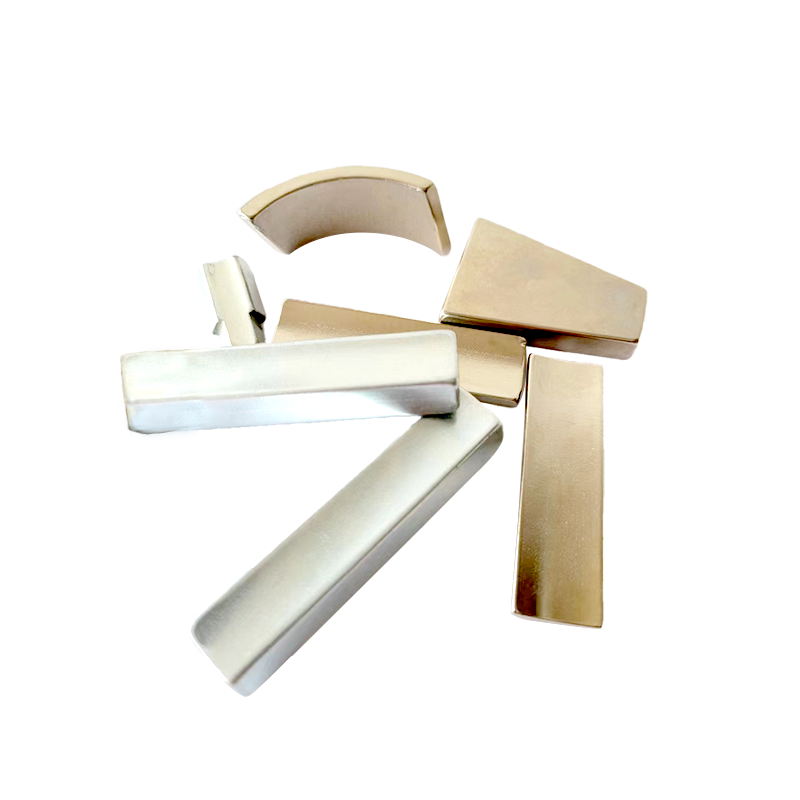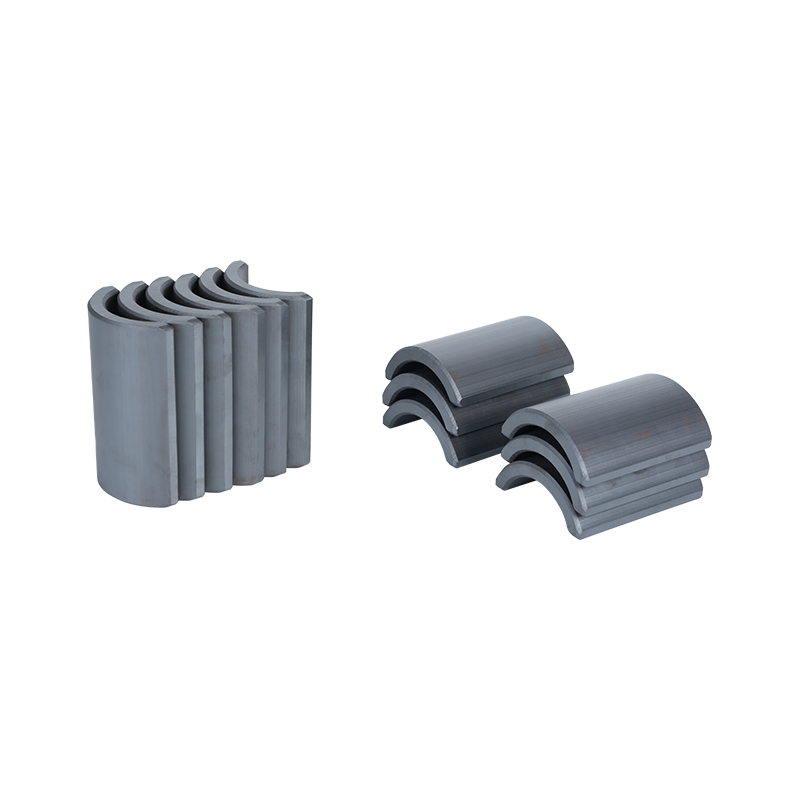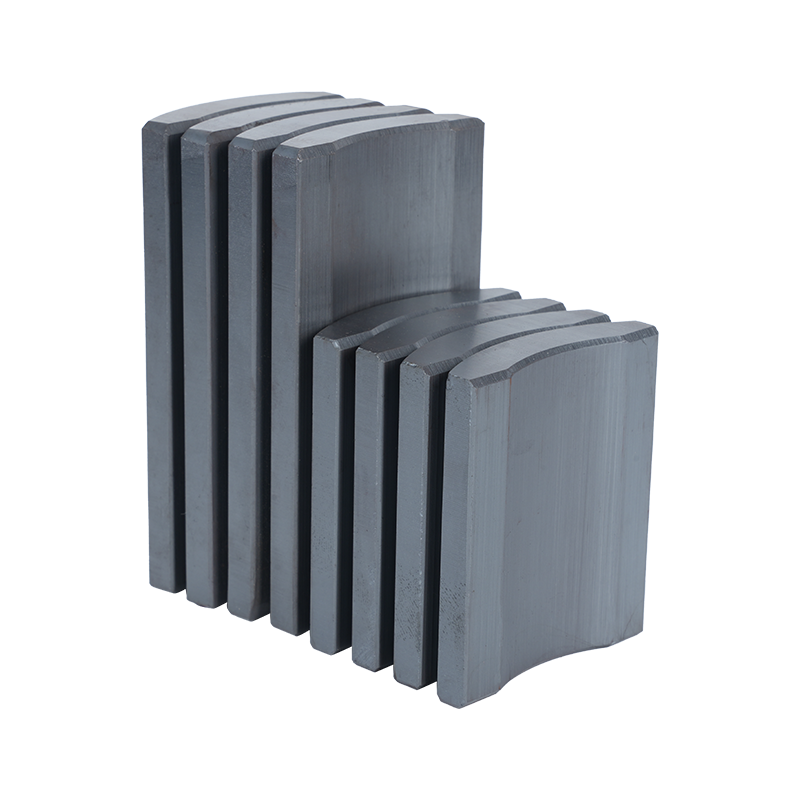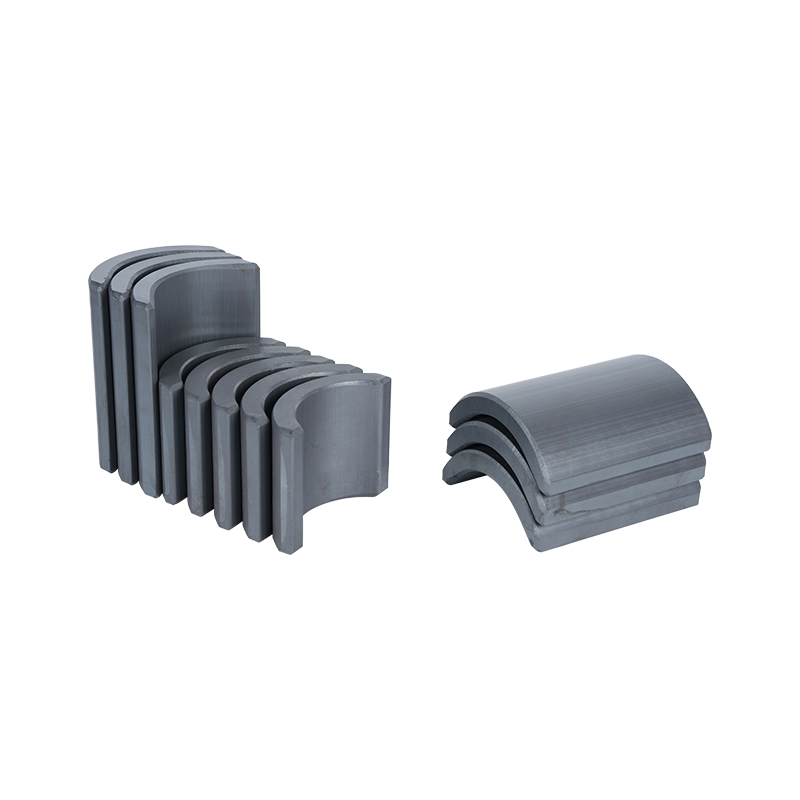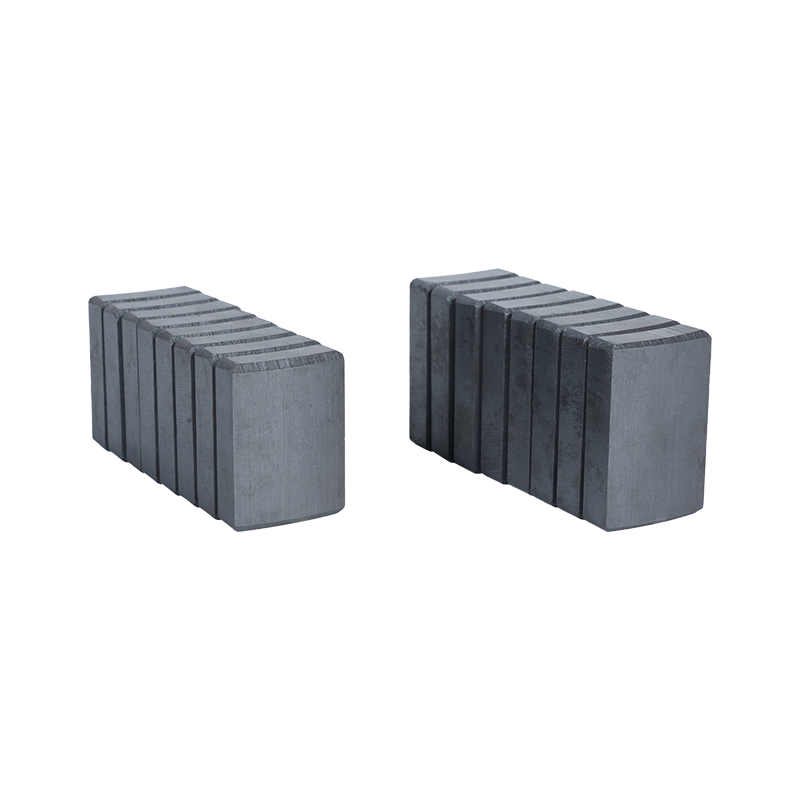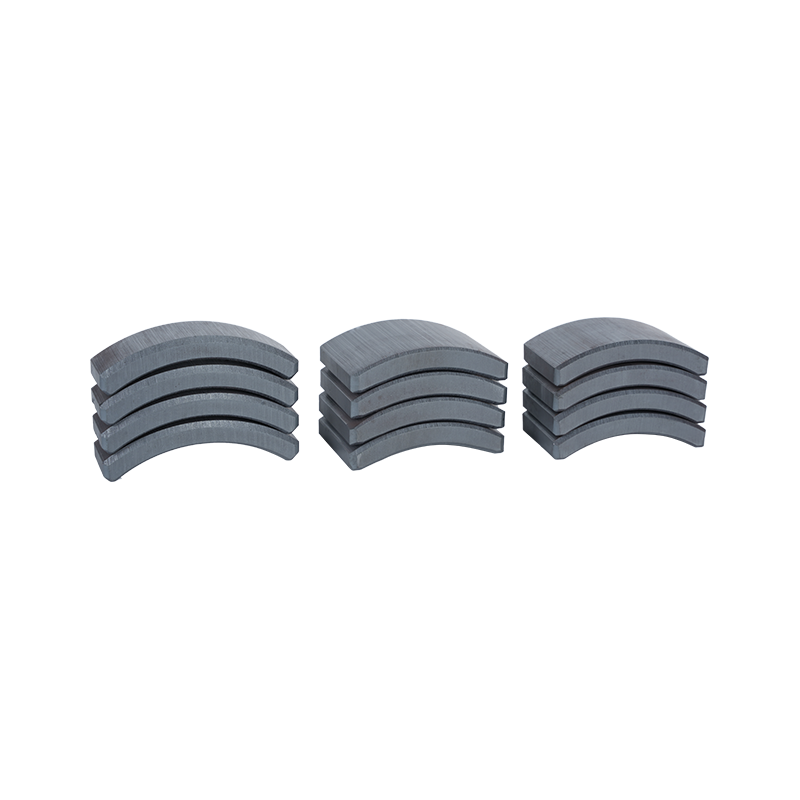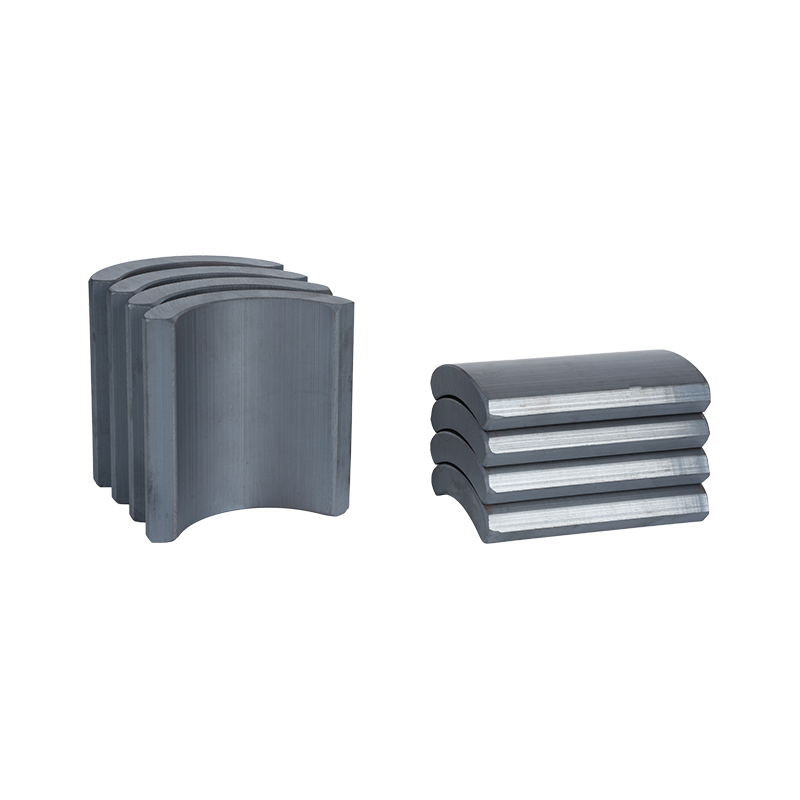Dong Yang TianQi Magnetic Segment Co.,Ltd.(formerly Shuangyang Magnet Tile) is a professional enterprise specializing in the production of motor magnet tiles
Search by posts
Categories
Popular products
Contact Us
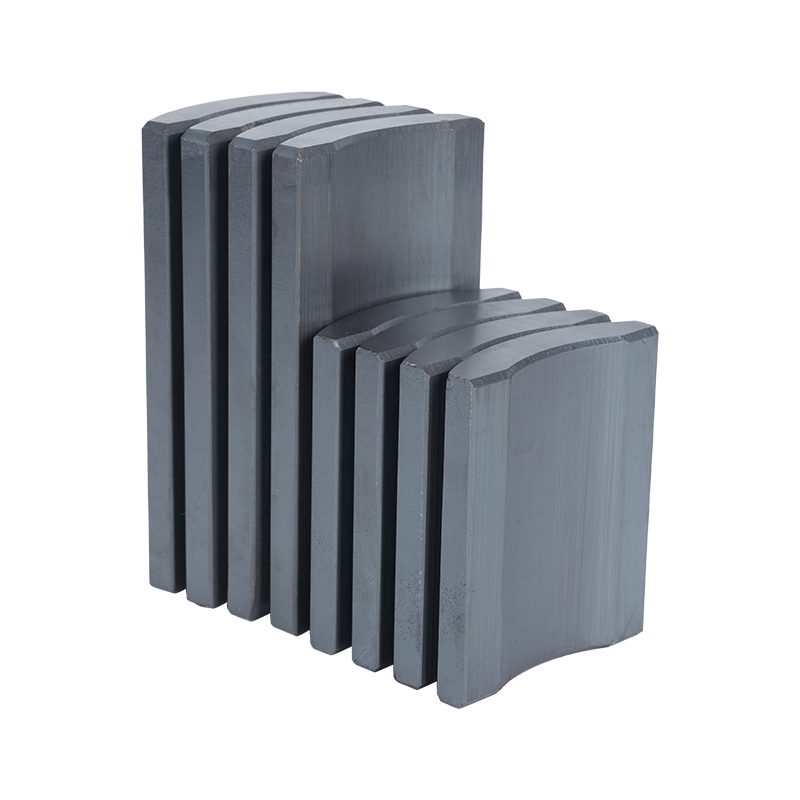
Industry News
 By Admin
By Admin
Floor Washing Machine Magnetic Tiles Expanding Roles from Factory Floor to Smart Systems
Floor Washing Machine Magnetic Tiles in Everyday Cleaning
When a floor-scrubbing machine glides across a tiled corridor, the unsung hero often lies in a component called the floor washing machine magnetic tiles. These arc-segment ferrite or neodymium tiles play a quiet role inside the motor assembly, shaping the magnetic field that drives brushes, rollers and the suction path. They regulate rotational speed, strengthen magnetic flux and help ensure the machine covers say 1,200 m² in an hour rather than half that area. It is like replacing a sluggish donkey with a well-tuned race horse.

Floor Washing Machine Magnetic Tiles and Efficiency Gains in Industrial Use
In an industrial cleaning plant, the difference between a machine that works 60 minutes and one that works 90 minutes continuously is huge. The magnetic tiles embedded in the motor stator help reduce energy losses, cut vibration, and improve thermal stability. If a traditional motor design has a 10 % energy loss at full load, using optimized magnetic tiles can reduce that loss to 6-7 %. Lower heat output means less downtime for cooling, fewer bearing changes and longer belt life. When a factory reports maintenance hours dropping by 25 % over a year, magnetic tiles often sit at the heart of the improvement.
Floor Washing Machine Magnetic Tiles Applied Beyond Cleaning Machines
These magnetic components are not confined to floor-washing gear. They find their way into robotics, automated warehouses, even in magnetic bearings and levitation modules in smart logistics. Imagine a drone that cleans high-rise lobby tiles or a robotic arm that wipes conveyor belts in an FMCG line: the same design ethos behind floor washing machine magnetic tiles—compact size, stable flux, thermal resilience—powers them. Just as a backstage lighting engineer makes a theatre show look effortless, the magnetic tiles make machines behave as promised without fanfare.
Floor Washing Machine Magnetic Tiles Comparing with Alternative Materials
How do magnetic tiles compare with older motor magnet designs or cheaper composite materials? Typical sintered ferrite tiles used in older scrubbers offer a coercivity of around 2,800 kA/m and magnetic energy product near 3.5 MGOe, whereas advanced arc-segment tiles can hit 3,600 kA/m and 4.2 MGOe. This might mean 15-20 % higher torque for the same size motor. Meanwhile cost per unit falls as scale increases: when a plant shifts from 20,000 to 50,000 units per year, material cost drops approximately 12 %. Factories that switch expect fewer spare-part replacements and longer inter-maintenance intervals—metrics that matter when machines operate 8-16 hours a day.
Floor Washing Machine Magnetic Tiles for Factories and Users
On the production floor, stable performance translates into real savings. A cleaning unit running 1,500 hours per year can consume nearly 400 kWh less energy when equipped with optimized magnetic tiles. Over a fleet of ten machines, that difference equals thousands of kilowatt-hours — a quiet but measurable efficiency gain that accountants notice long before marketing teams do.
From the user’s standpoint, the benefit is equally tangible. Operators report smoother brush rotation, lower vibration, and less motor noise — subtle details that make long shifts less tiring and maintenance less frequent. Facilities managers appreciate how the machines start reliably after months of use, even in humid storage conditions. The oxide-protected surface of the tiles resists corrosion, while their strong magnetic alignment prevents demagnetization after countless start-stop cycles.
In summary, floor washing machine magnetic tiles carry significance far beyond the wash bay. They link magnet design, motor efficiency, production scale and application outcomes in ways many users never see—but always feel.


